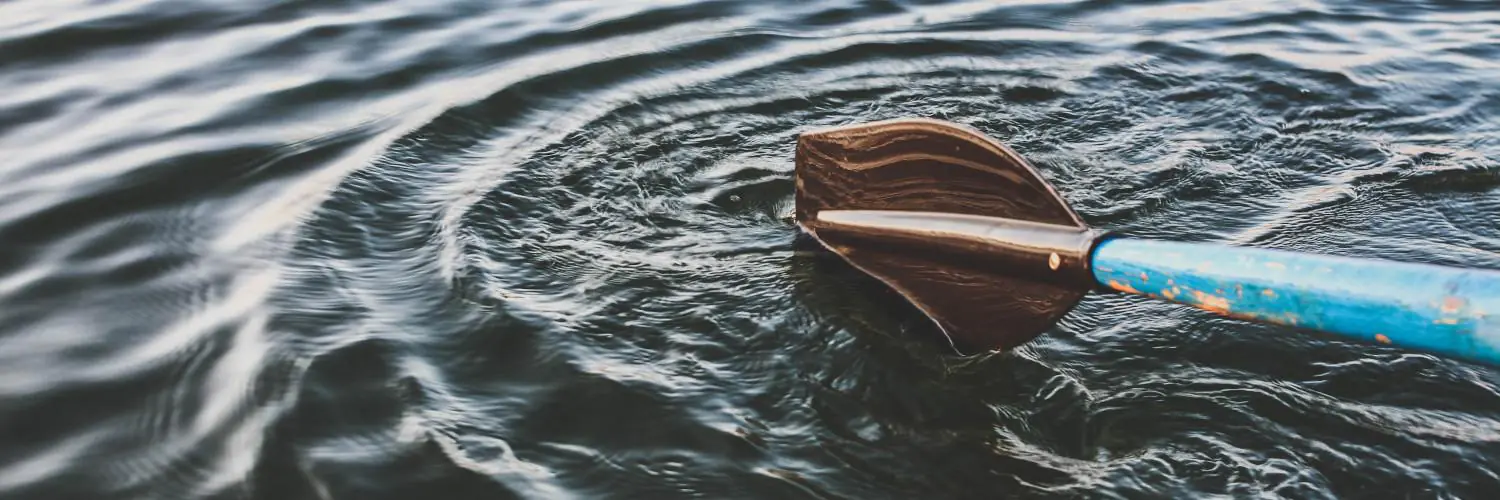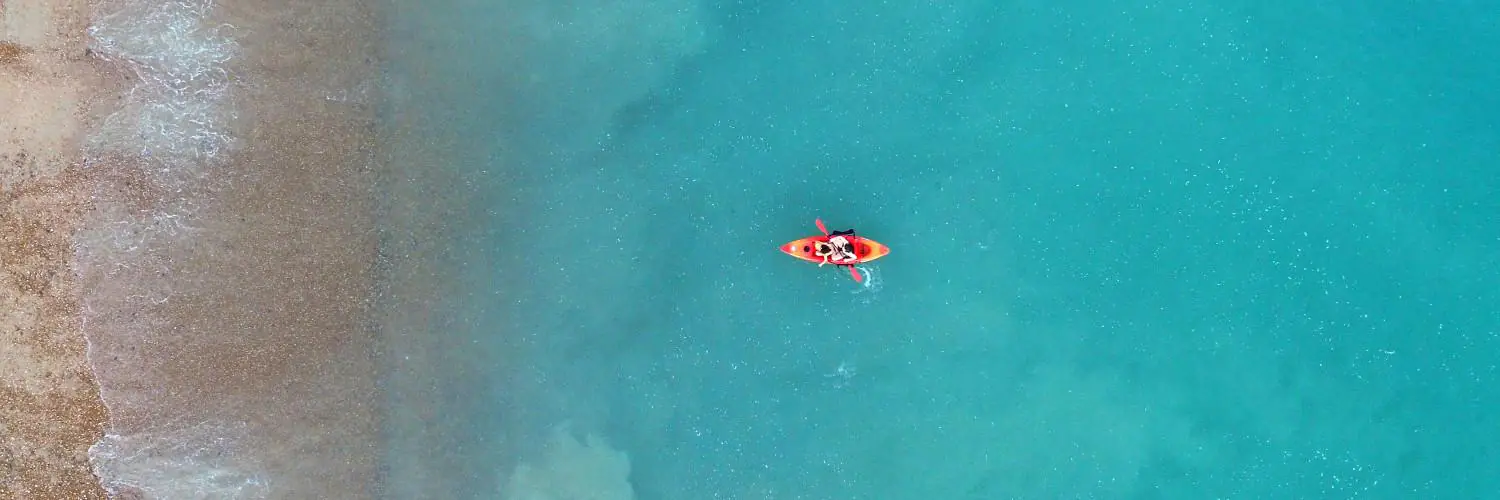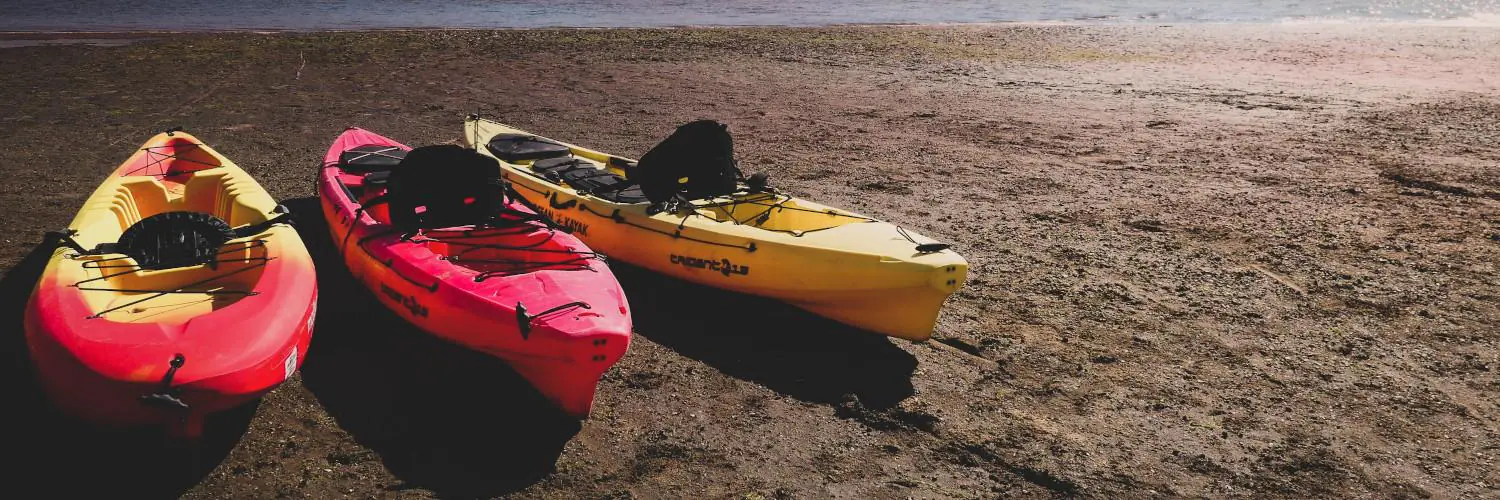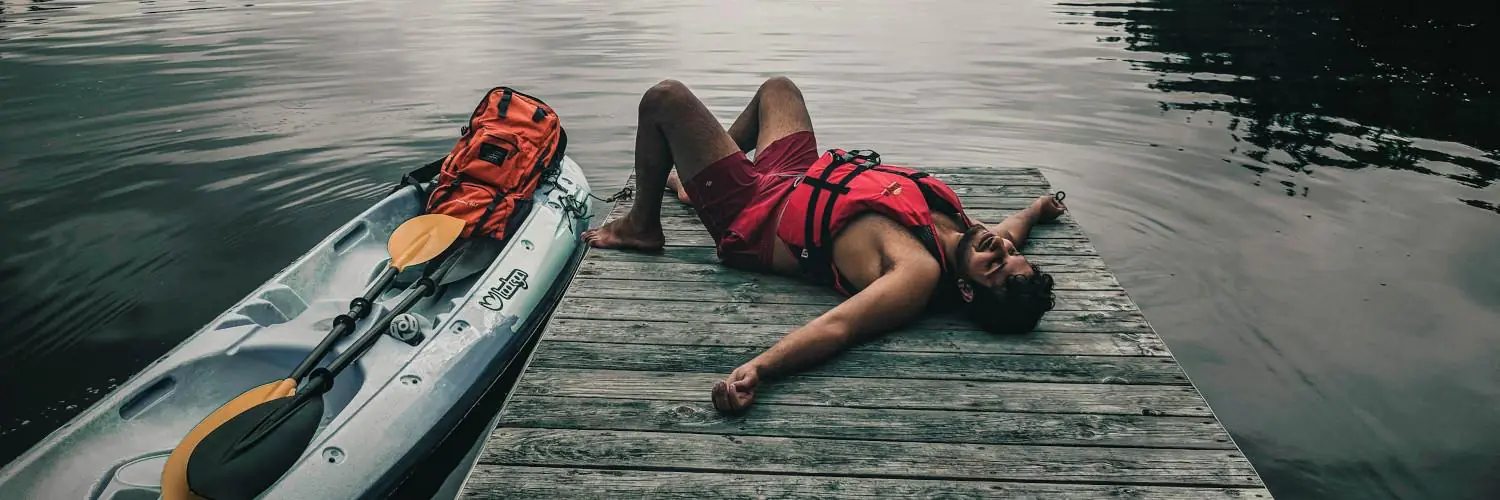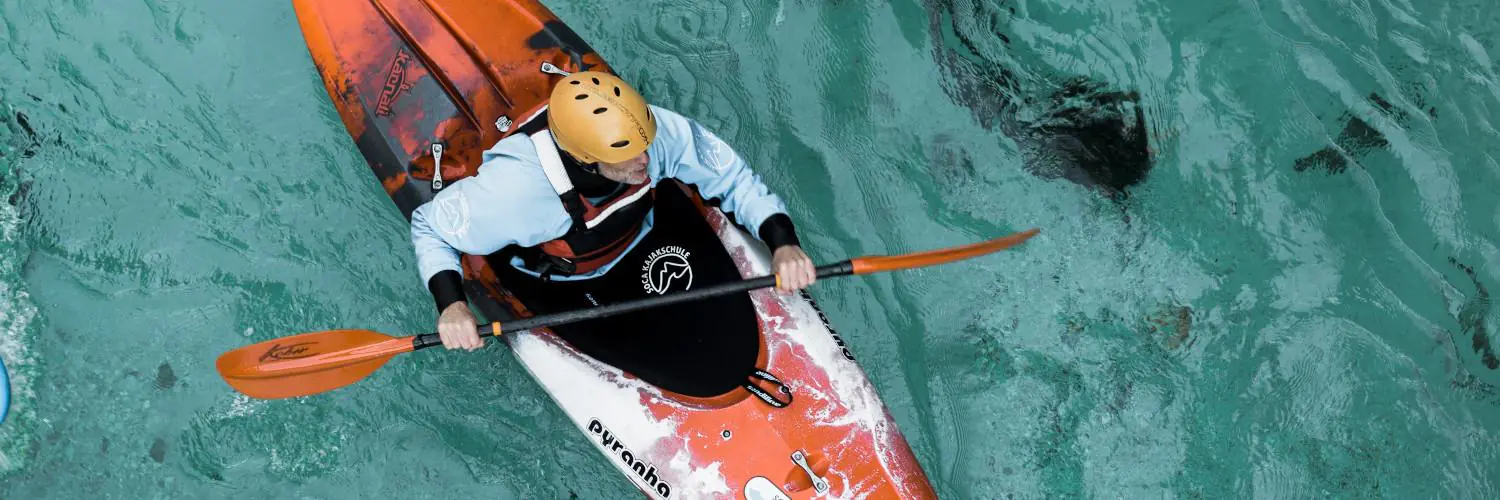Kayaking with dogs offers a unique way to bond with one’s pet while enjoying nature, but it also presents specific challenges that require practical solutions. The evolution of kayak dog attachments has enabled pet owners to safely bring their four-legged companions along for the adventure. These attachments are innovatively designed to enhance stability and comfort for the dog, as well as maintain the kayak’s maneuverability for the paddler.
Dog seats, decks, and platforms are some of the specialized attachments that can be added to a kayak to accommodate a canine passenger. These attachments ensure that the dog has a secure and comfortable spot to sit or lie down during the trip. Many are equipped with additional safety features such as harness attachments to prevent the dog from unexpected falls into the water.
Additionally, kayak dog attachments may include storage solutions for the dog’s gear, such as dry bags that are durable and waterproof, keeping the essentials like food, water, and toys dry throughout the excursion. The integration of these attachments fosters a safer and more enjoyable kayaking experience, encouraging more kayakers to share the experience with their dogs.
Table of Contents
Choosing the Right Kayak
Selecting an appropriate kayak is critical when planning to paddle with a dog. The right choice enhances stability and ensures the kayak has features that cater to a dog’s needs.
Kayak Stability and Size
Stability is paramount when it comes to kayaking with dogs. A stable kayak prevents unnecessary tipping, which is essential for the dog’s comfort and safety. Wide kayaks generally offer better stability, which is key when the dog moves around. For dogs, the Ocean Kayak Malibu Two Tandem is an excellent choice due to its spacious design and stable hull.
- Stability Picks for Dog-Friendly Kayaking:
- Ocean Kayak Malibu Two Tandem: Offers a three-hull design for added stability.
- Old Town Vapor: Known for its large cockpit, which allows for easier movement.
Size also matters. Kayakers must consider both the dog’s size and the vessel’s weight capacity. A kayak with a large cockpit or a tandem kayak offers more space for the dog to sit or lie down comfortably.
- Size Considerations:
- Weight capacity should exceed the combined weight of the paddler, dog, and gear.
- The length and width should accommodate the dog’s size while maintaining kayak performance.
Dog-Friendly Kayak Features
Kayaks designed with dogs in mind often have specific features that make the trip more enjoyable for both the kayaker and the pet. Some dog-friendly features to look out for include:
- Ample space in the cockpit or on the deck.
- Non-slip surfaces to prevent the dog from sliding.
- A secure spot for attaching a leash or harness.
The Old Town Vapor kayak is often celebrated for its large cockpit, making it easier for dogs to enter and exit. Many kayakers recommend this model when accompanied by a canine companion. The spacious design allows for a comfortable sitting or resting area, which is crucial for longer trips.
- Highlighted Features for Dog-Friendly Kayaks:
- Non-slip surfaces.
- Spacious cockpits or deck areas.
- Leash attachment points.
When choosing the best kayak for dogs, the paddler should seek models like the Ocean Kayak Malibu Two Tandem or the Old Town Vapor, known for their stability and dog-friendly enhancements. These kayaks strike a balance between performance and comfort, ensuring a pleasant outing with furry friends.
Essential Kayak Dog Attachments
When kayaking with your canine companion, certain attachments are essential for their safety and comfort. These include platforms, seats, and life jackets, each designed to accommodate the needs of your furry friend during a kayaking adventure.
Kayak Dog Platforms
Kayak dog platforms offer a stable area for dogs to rest and move about securely on the water. The best kayak dog platform usually features a non-slip surface to prevent slipping and can be integral or attachable to the kayak. An example includes the Oceanbroad 4-Piece Non-Slip Pad which provides a safe footing for your dog.
Kayak Dog Seats
For comfort during longer trips, a specialized kayak seat for dogs is invaluable. The Surf to Summit Hot Seat is tailored to the dog’s body shape, enhancing stability and comfort. Easy to attach and remove, these seats make kayaking a pleasant experience for dogs.
Dog Life Jackets
Safety is paramount, and a life jacket for your dog is a non-negotiable item. Dog life jackets should fit snugly and provide enough buoyancy to keep the dog afloat. They often come with handles for easy retrieval and reflective strips for visibility. The Non-Stop Dog Wear Protector Life Jacket is a notable option for its ergonomic design and durability.
Training Your Dog for Kayaking
Training your dog for kayaking is essential to ensure safety and enjoyment for both the pet and the owner. It involves teaching basic commands, helping the dog acclimate to the kayak, and using rewards to reinforce positive behavior.
Basic Commands and Practices
A dog’s readiness for kayaking largely depends on their familiarity with basic commands. Owners should ensure their dog is proficient in sit, stay, come, and leave it. Effective training incorporates:
- Exercise: Before training sessions, it’s crucial to let the dog expend energy, as a tired dog is more attentive and manageable.
- Personality Assessment: Understanding a dog’s personality is key. Skittish dogs require gradual exposure to new experiences to build confidence.
Training should always involve positive reinforcement. When a dog follows a command, they should immediately receive a verbal affirmation, like “good dog,” paired with a reward such as treats or affection. Consistency in commands and rewards helps a dog to learn expectations during kayaking adventures.
Getting Comfortable on the Water
Once basic commands are mastered, acclimating dogs to the water and kayak ensures comfort and reduces anxiety. The following steps are recommended:
- Introduction to Gear: Allow the dog to examine the kayak and paddle on land, creating positive associations with treats.
- Short Sessions: Start with brief periods in the stationary kayak on land, gradually increasing the time as the dog shows comfort.
- Positive Association: Continuously praise and reward the dog while they are on the kayak, reinforcing the experience as enjoyable.
Owners should also consider the individual dog’s pace and comfort level, making adjustments as necessary. Patience and consistency are crucial for a dog to associate kayaking with a pleasurable activity.
Safety and Comfort Considerations
Ensuring a dog’s safety and comfort during a kayaking adventure is paramount. Attention to non-slip surfaces, sun protection, and adequate hydration and food are key to a successful and enjoyable experience for both the pet and the owner.
Non-Slip Solutions
To prevent dogs from slipping on the kayak’s surface, owners should consider installing non-slip solutions. A simple and effective option is to use a yoga mat or marine traction tape in areas where the dog is likely to stand or lie down. These materials provide stability and comfort for the dog, minimizing the risks of falls and injuries.
Sun Protection
Continuous exposure to the sun can be harmful to dogs, just as it can be for humans. It’s important to apply water-resistant sunscreen on dogs’ exposed skin, especially if they have short fur or light-colored noses. Additionally, providing shade on the kayak can help protect them from overheating or sunburns.
Hydration and Food
Hydration is crucial, especially in the warmth of the day. Owners should ensure there is a supply of fresh water, and consider bringing a collapsible bowl for easy storage and access. It’s also advisable to pack a dry bag containing food and treats to reward and reinforce positive behavior. This helps in maintaining their energy and hydration throughout the kayaking trip.
Packing and Preparation
When planning a kayaking trip with a dog, it is crucial to meticulously prepare and pack the necessary gear to ensure both the pet’s and owner’s safety and convenience.
Checklist for Kayaking with Your Dog
Safety and Comfort Items:
- Dog platform/seat: Provides a stable and secure area for the dog to sit and stay afloat.
- Dog bowl: Essential for keeping the dog hydrated throughout the trip.
- Extra clothes: For the owner to change into in case they get wet.
- Floating leash: To secure the dog without the risk of entanglement or sinking.
- Collar: Should be worn by the dog at all times, including contact information.
Additional Essentials:
- Life jacket: A well-fitted canine life jacket for safety.
- Sun protection: Canine-friendly sunscreen for the dog’s nose and belly.
- First aid kit: Including specific items for the dog.
Overboard Protocols
- Owners should train their dogs on how to stay calm if they go overboard and practice how to re-enter the kayak.
- A floating leash can be helpful to retrieve a dog that has fallen overboard, ensuring they don’t drift away.
By following these guidelines, one can create a safer environment for kayaking adventures with canine companions.
After Kayaking Care
Proper after-kayaking care ensures the longevity of gear and the health and comfort of your canine companion. Attention to detail in the post-paddle routine is as crucial as the preparation before hitting the water.
Post-Kayak Cleaning and Maintenance
Once back on dry land, start by thoroughly rinsing both the kayak and any dog attachments to remove debris, salt, or sand. The kayak should be wiped down with a clean towel and allowed to air-dry completely to prevent mildew and corrosion.
Dog-related gear requires special attention:
- Towels: Use a microfiber towel to gently dry your dog. Microfiber is preferred for its superior absorbency and quick-drying properties.
- Dry Bags: If a dry bag was used to store dog treats or other valuables, empty its contents, rinse if necessary, and leave it open to air-dry. Ensure the dry bag is fully dry before folding it away.
- Collapsible Gear: Items such as collapsible water bowls should be cleaned to remove any leftover water or food residue and allowed to dry to prevent bacteria growth.
- Dog Treats: Offer your dog treats as a reward for their good behavior during the trip. Make sure to store remaining treats in a dry, airtight container to keep them fresh.
Assess all gear for signs of wear or damage. Address any needed repairs promptly to ensure everything is functional for the next adventure.


